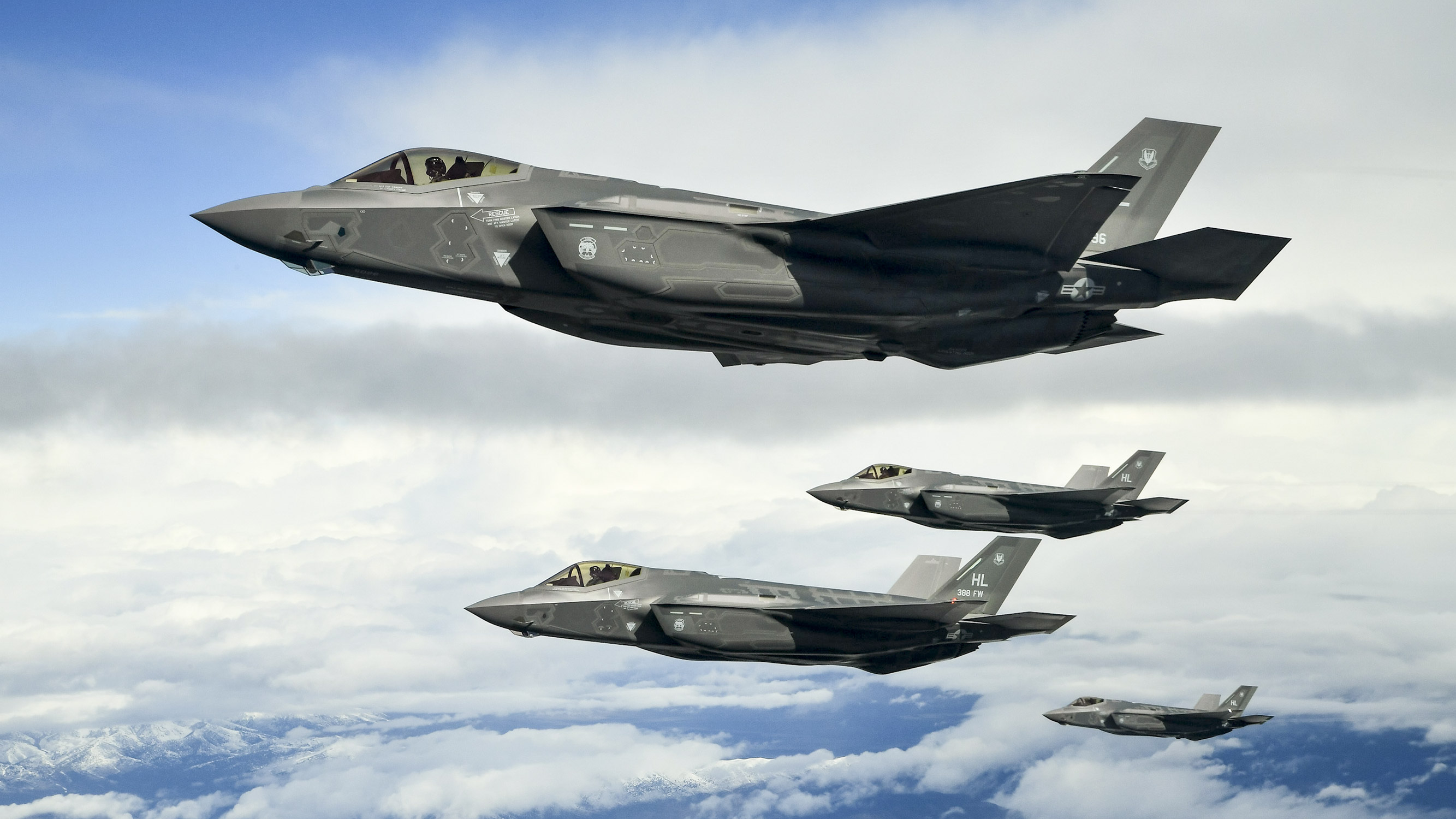US Navy, Air Force to Begin Joint Fighter Jet Training in 2024
The US Navy and Air Force will start cooperative fighter pilot training this year under the US Department of Defense’s Joint Simulation Environment.
The joint agreement is being managed by the Naval Air Warfare Center Aircraft Division (NAWCAD) in Patuxent River, Maryland, which began by incorporating eight F-35 Lightning II simulation cockpits.
The announcement of the shared training initiative followed the installation of four additional trainers configured into the F-22 Raptor supersonic stealth fighter at the facility in January.
NAWCAD wrote that integrating fifth-generation training cockpits at the center will aid the US Navy, Air Force, Marine Corps, and partner forces in enhancing their skills in actual warfare through realistic scenarios that the digital solution offers.
“When America is engaged in conflict, the [Department of Defense] will bring joint capability to bear from every service across all domains,” NAWCAD Commander Rear Adm. John Dougherty IV stated.
“We’ve replicated this ability in the Joint Simulation Environment, a force multiplier helping aviators deter aggression and – if necessary – prevail in conflict.”

Joint Simulation Environment
Alongside the cockpits, the Joint Simulation Environment has domed screens with 4K-resolution projectors and aircraft software that permits users to fly in “near-exact” conditions.
Utilizing these platforms will allow the aviator trainees to fly more sorties over a week compared to the usual open-range practice in a year.
Moreover, the virtual technology allows students to “experience the consequences of their mistakes, including mission failure, loss of systems, and even loss of life.”
In addition to realistic capabilities for trainees, the Joint Simulation Environment has the equipment to support instructors in tracking flight performance, which can be used for pilot feedback in the center’s mission debriefing rooms.
“Open-air ranges are extremely constrained with safety limitations that prevent warfighters from training like they’d fight,” NAWCAD Joint Simulation Environment Director Blaine Summers explained.
“The [Joint Simulation Environment] is where fifth-gen fighters train to hone their tactics and fight like their lives depend on it.”

Additional Trainers
NAWCAD plans to install additional test and training cockpits to boost preparations for other military aircraft, including the F/A-18 Hornet, E-2 Hawkeye, and EA-18 Growler systems.
To expand the program, the agency will also establish another training system aboard the US Navy’s USS Abraham Lincoln (CVN 72) Nimitz-class carrier.












